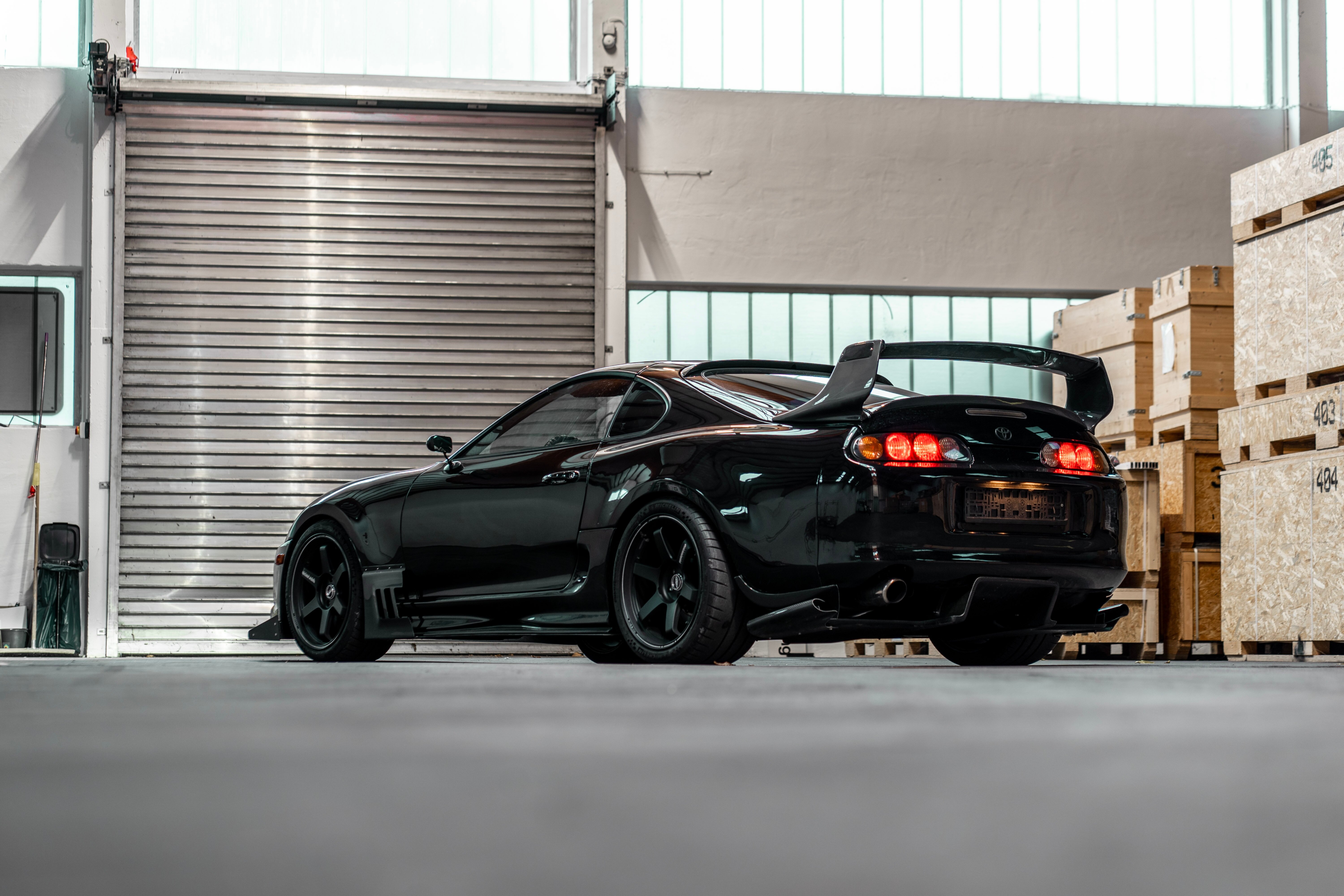Engineering Analysis 7 Critical Design Flaws in the 2017 Nissan Armada's Powertrain Architecture

The 2017 Nissan Armada, a heavy-hitter in the full-size SUV segment, promised American road presence married to a familiar V8 heart. When it first hit the streets, the initial reception was mixed; it looked the part, certainly, but whispers started circulating among the mechanically inclined about certain... peculiarities in its operational behavior. As an engineer, or perhaps just someone who likes to look under the hood and ask "why," these murmurs quickly turned into a research objective for me: what exactly were the weak points in that specific powertrain architecture that caused the friction?
I spent considerable time poring over service bulletins, owner complaints spanning several model years, and detailed teardown reports of early production units. It quickly became apparent that while the VK56VD engine itself is a known quantity, the way it was integrated—the surrounding systems, the control logic, and the auxiliary components—introduced several design choices that seem questionable in retrospect. Let's pull back the curtain on what I perceive as seven primary architectural shortcomings in that specific powertrain setup that warrant a closer look.
The first area demanding scrutiny is the thermal management system surrounding the engine block. I observed instances where the thermostat housing design seemed overly restrictive, leading to slower-than-ideal warm-up cycles, particularly in colder climates, which impacts emissions controls and long-term component wear. Furthermore, the routing and sizing of the transmission fluid cooler lines, integrated near the front radiator stack, appeared undersized for sustained heavy towing applications, a primary use case for this vehicle class. This often resulted in elevated transmission operating temperatures, far above what the control unit seemed programmed to anticipate effectively.
Moving outward from the engine bay, the integration of the nine-speed automatic transmission, specifically its torque converter lock-up logic, presented another area of concern. I noted inconsistent engagement points under moderate throttle input, leading to perceptible shudder during highway cruising speeds, which many owners initially mistook for tire imbalance issues rather than internal driveline programming errors. The electronic control unit (ECU) calibration seemed overly conservative in allowing full engagement too early in the RPM band when ambient temperatures were high. Another subtle but persistent issue involved the serpentine belt tensioner design; its dampening characteristics seemed insufficient for the torque delivery profile of that large V8, leading to premature wear on the tensioner pulley bearings themselves.
Reflecting on the air intake path, the design incorporated a surprisingly convoluted route from the fender well to the throttle body. This path, while perhaps optimized for pedestrian impact standards, introduced unnecessary restriction, effectively choking the naturally aspirated V8 of its full potential airflow, especially at higher engine speeds. Couple that with the factory air filter housing design, which seemed prone to slight whistling noises due to internal baffling resonance, and you have a system that sacrifices volumetric efficiency for packaging expediency. Then there is the fuel delivery side; while the direct injection system is modern, the placement and shielding of the high-pressure fuel pump seemed susceptible to radiated heat soak from the exhaust manifolds, potentially causing vapor lock conditions under specific, prolonged load scenarios.
Finally, I must address the integration of the auxiliary battery system often required for the vehicle's start/stop functionality, even though this feature is less talked about on V8 trucks. The physical location and connection points for this secondary battery felt like an afterthought, leading to premature failure of the connection terminals due to vibration fatigue exacerbated by the engine's inherent low-frequency vibrations. This entire collection of seven design choices—thermal restriction, cooling line inadequacy, transmission logic inconsistency, tensioner fragility, restrictive intake routing, fuel pump heat exposure, and auxiliary battery placement—paints a picture of an architecture where expediency sometimes overruled long-term durability considerations in the final assembly phase.
More Posts from tunedbyai.io:
- →Analyzing Brake Issues in the 2018 Toyota RAV4 Squealing Sounds and Pedal Performance
- →Analyzing the 2011 Chevy Impala A Decade Later Look at Its Most Persistent Issues
- →Critical Analysis 2016 Buick Encore Engine Failures at 47,000 Miles - Investigation of Common Causes and Solutions
- →Addressing the 2004 Honda Odyssey's Transmission Woes A Deep Dive into Failure Patterns and Repair Costs
- →Diagnosing and Resolving the Persistent Gear Shift Module Lockup in 2008 Dodge Avengers
- →What Goes Wrong with the 2005 Acura TL And How to Fix It